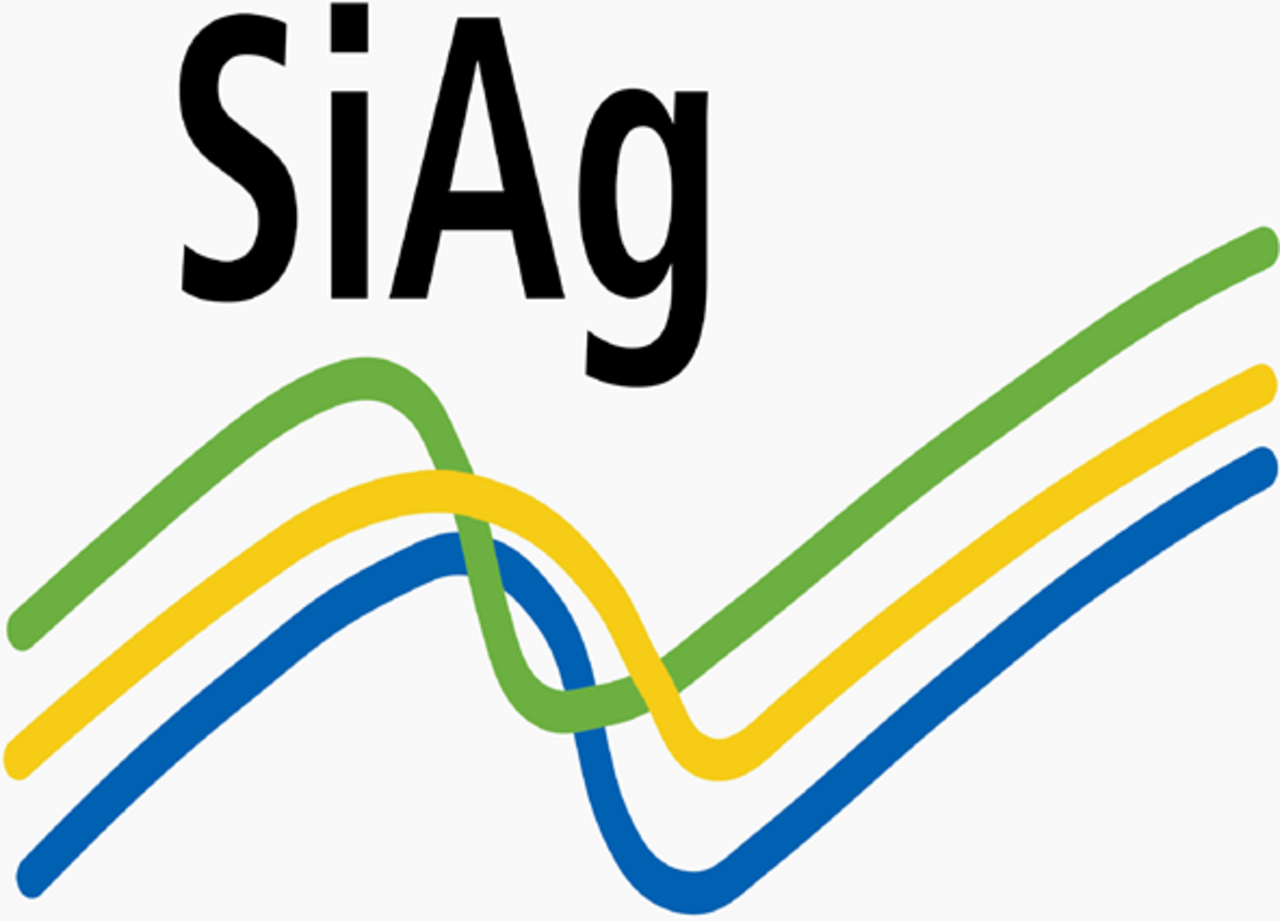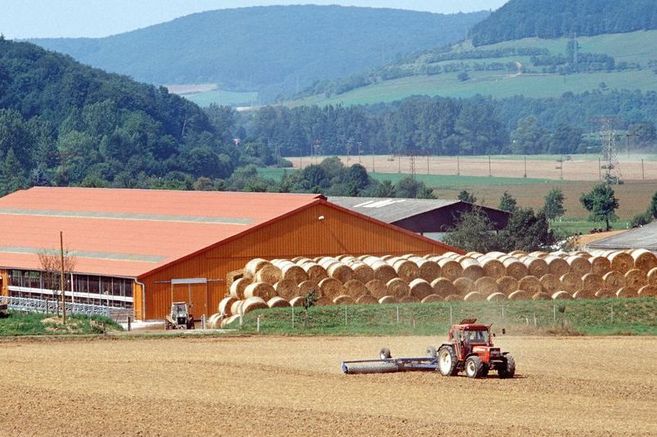Project
Modelling farm structural change

Modelling farm structural change
The number of farms has declined by 50 % over the last 20 years. There is no end in sight to the rapid structural change.
Background and Objective
Policy and economic environment influence agricultural structural change in many ways; the details of many the related processes are still unexplored. For example, what are the impacts of globalization, and the attempts to regulate the markets? How will farm numbers develop in the future? And how will the freed resources – e.g. arable land – be re-allocated among remaining farms? So far very few existing applications try to answer these questions. Due to data availability, these studies generally use normative or ad-hoc decision rules on farm exits. Within the DFG-research group SIAG we intend to close this gap.
Approach
We combine a model which explains the probability of a farm to exit the sector on the basis of observed developments, with prospective modelling of farm adjustments and selected factor markets (e.g. the market for agricultural land).
Data and Methods
We draw on farm-individual information from farm structural surveys for 1999, 2003 and 2007 and economic information from farm accountancy data for Germany. Our model explains farm exit probability depending on current and expected future profits and the expected development of competitors (e.g. neighbouring farms competing for land). We also take into account farm and regional characteristics which influence the strategic behaviour of farms (Margarian, 2010). The econometric exit model is iteratively coupled to the representative farm group model FARMIS. This approach enables ex-ante analyses of complex policy reforms.
Results
In the scenarios analysed so far, the projection of total agricultural production is hardly affected when explicitly taking into account the impact of changing framework conditions (e.g. the milk quote regime) on farm exits – at least in comparison to a trend-based projection of farm exits. However, a first application on dairy market reform scenarios highlights the diverging impacts these may have on the developments of the number of dairy farms of different size or regions, and their income and output (Offermann und Margarian, 2014).
In the future, a coupling to market models would enlarge the range of realistic, policy-relevant scenarios which could be analysed. In our view, it will be very interesting to analyse the net impacts of selected policies, e.g. investment aid under a quota scheme, or a full liberalisation, on farm numbers.
Thünen-Contact

Involved Thünen-Partners
Involved external Thünen-Partners
-
Universität Hohenheim
(Hohenheim, Deutschland) -
Humboldt-Universität zu Berlin
(Berlin, Deutschland) - Georg-August-Universität Göttingen
(Göttingen, Deutschland) - Leibniz-Institut für Agrarentwicklung in Transformationsökonomien
(Halle, Deutschland)
Duration
1.2008 - 12.2013
More Information
Project status:
finished
Publications to the project
- 0
Offermann F, Margarian A (2014) Modelling structural change in Ex-Ante-Policy Impact Analysis. In: Zopounidis C, Kalogeras N, Mattas K, Dijk G, Baourakis G (eds) Agricultural cooperative management and policy : new robust, reliable and coherent tools. Cham: Springer International Publ, pp 151-162, DOI:10.1007/978-3-319-06635-6_8
- 1
Margarian A (2014) The reflexive relationship between land markets and farmers’ strategies in Germany. Stud Agric Econ 116(1):1-12, doi:10.7896/j.1328
- 2
Offermann F, Margarian A (2013) Modelling structural change in ex-ante policy impact analysis : contributed paper presented at the 133rd EAAE seminar, 15.-16.6.2013, Chania, Crete. Braunschweig: Johann Heinrich von Thünen-Institut, 10 p
- 3
Margarian A (2011) Gewinnentwicklung und Betriebsaufgabe in der Landwirtschaft: Angebotseffekte, Nachfrageeffekte und regionale Heterogenität. Schr Gesellsch Wirtsch Sozialwiss Landbaues 46:291-304
- 4
Hüttel S, Margarian A, Schlippenbach V von (2011) Growth and exit in the agricultural sector : paper prepared for presentation at the EAAE 2011 Congress "Change and Uncertainty, Challenges for Agriculture, Food and Natural Resources" ; August 30 to September 2, 2011 ; ETH Zurich, Zurich, Switzerland. 23 p
- 5
Margarian A (2010) Coordination and differentiation of strategies: the impact on farm growth of stategic interaction on rental market for land [online]. German J Agric Econ 59(3):202-216, zu finden in <http://www.gjae-online.de/inhaltsverzeichnisse/pages/protected/show.prl?params=recent%3D1%26type%3D2&id=585&currPage=&type=2> [zitiert am 03.09.2010]
- 6
Margarian A (2010) Die regionale Spezifität des Agrarstrukturwandels : eine theoretische und empirische Analyse. Aachen: Shaker, 346 p, Berlin, Humboldt-Univ, Landwirtschaftlich-Gärtnerische Fakultät, Diss, 2010
- 7
Hüttel S, Margarian A (2009) Structural change in the West German agricultural sector. Agric Econ 40(Suppl. 1):759-772, DOI:10.1111/j.1574-0862.2009.00413.x
- 8
Margarian A (2009) The regional specifity of structural change in agriculture : an assessment of the role of farmers' strategic behaviour on the land market. Berlin: Humboldt-Univ, 19 p, SiAg Working Paper 6
- 9
Hüttel S, Margarian A (2009) The role of small farms in structural change. Berlin: Humboldt-Univ, 23 p, SiAg Working Paper 3








